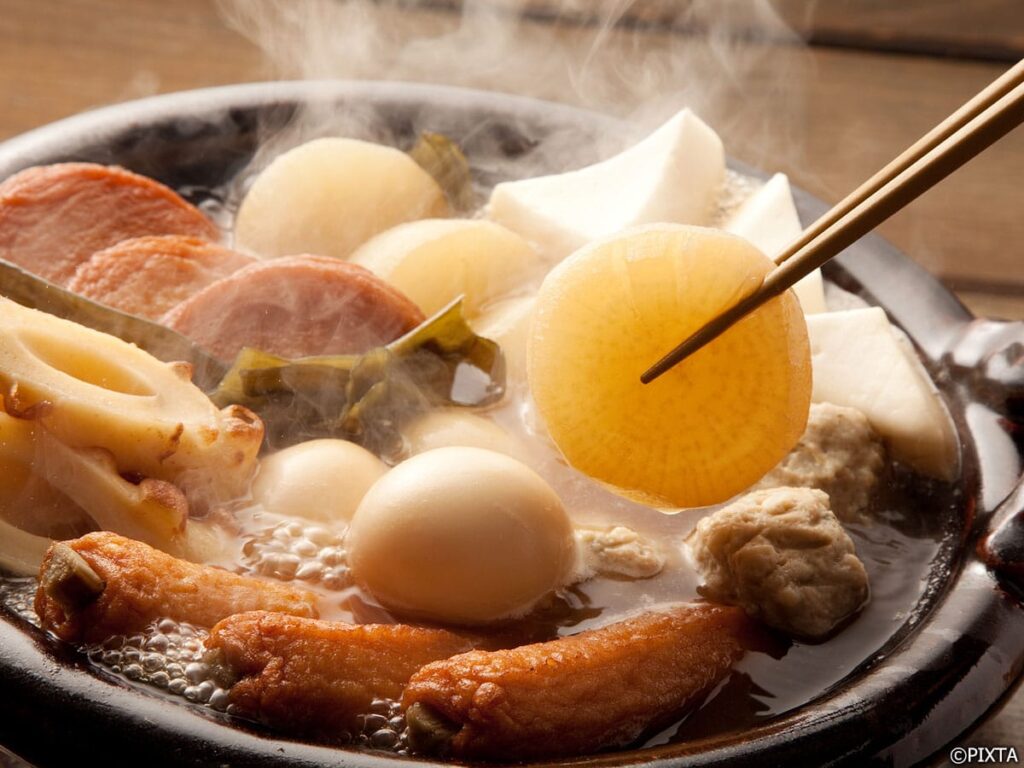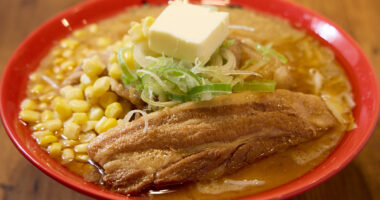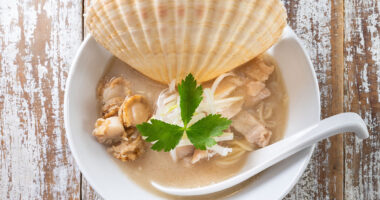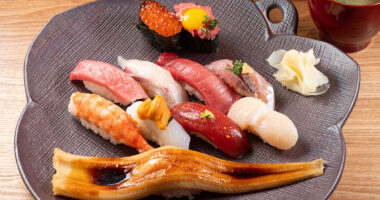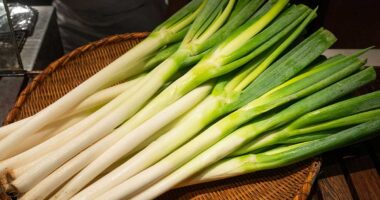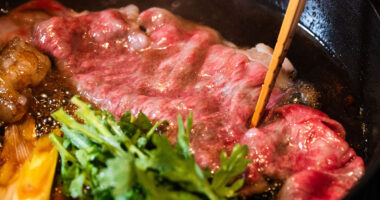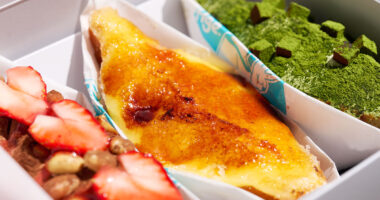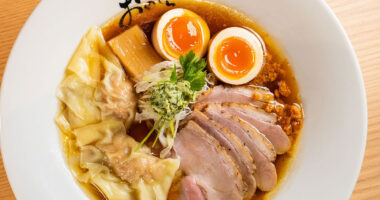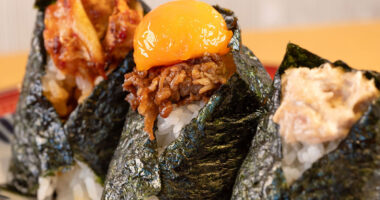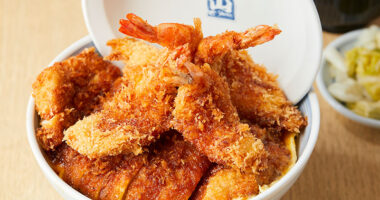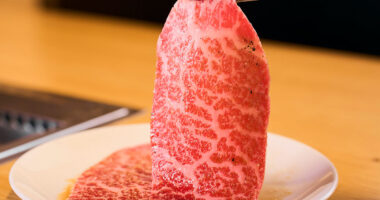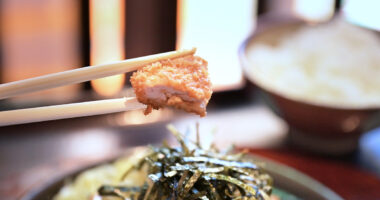Visitors to Japan are often familiar with sushi, tempura, and ramen, but there’s another traditional Japanese dish that’s perfect for the colder months and just as delightful to explore. Known as おでん oden, this slow-simmered, hearty stew is a comforting, soul-warming dish that every traveler should try during their visit to Japan.
What is oden?
Oden is a Japanese one-pot dish consisting of various ingredients such as fishcakes, tofu, boiled eggs, daikon radish, and konnyaku, all simmered in a flavorful soy-based broth. The ingredients are cooked slowly, allowing them to absorb the rich flavors of the broth. Oden can be enjoyed as a main dish, side dish, or even a snack with a glass of sake or beer.
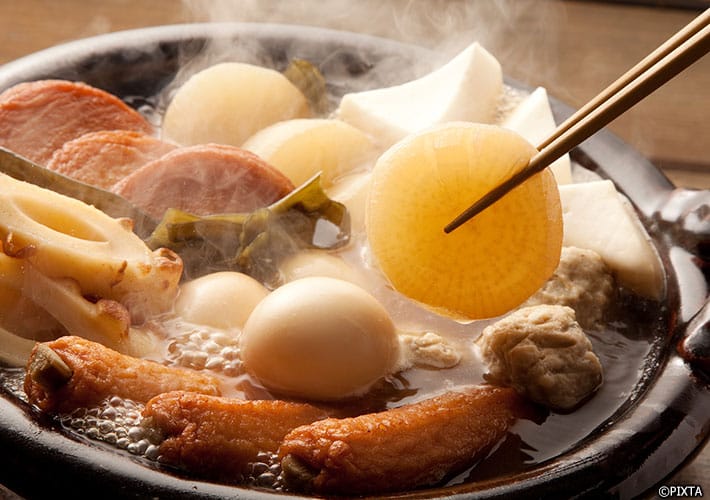
Assorted oden delights to warm your soul.
Where to get oden
Oden can be found all over Japan, from convenience stores to traditional おでん屋 oden-ya (oden restaurants) and 居酒屋 izakaya gastropubs. Convenience store oden is a budget-friendly option, often with self-serve stations where you can pick and choose your favorite ingredients, costing on average 90 or 100 yen apiece. Although many stores removed them during the novel coronavirus pandemic, they may make a comeback in winter 2023. Even if they don’t, oden will often be available in packages for you to heat up in a microwaveable dish. You can even buy hot oden in cans from a vending machine, most famously in the Akihabara neighborhood of Tokyo.
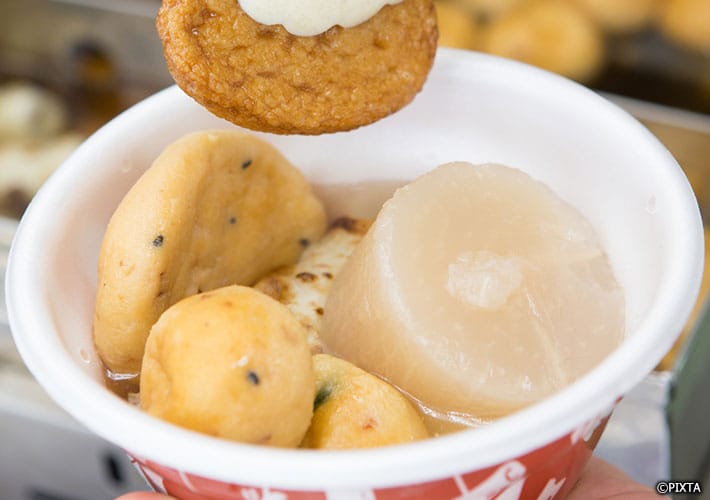
A self-serve oden station at a Japanese convenience store.
For a more authentic experience, however, be sure to visit an oden-ya or izakaya, where you can enjoy a variety of oden dishes along with other small plates and drinks in a cozy, inviting atmosphere. You can expect to pay anywhere between 750 JPY for a light meal to over 3,000 JPY for a full meal, depending on where you go.
Types of oden
The ingredients used in oden vary by region and season, but some of the most common include:
だいこん Daikon: Japanese white radish, often cut into thick rounds or wedges.
こんにゃく Konnyaku: A firm, jelly-like food made from the konjac plant.
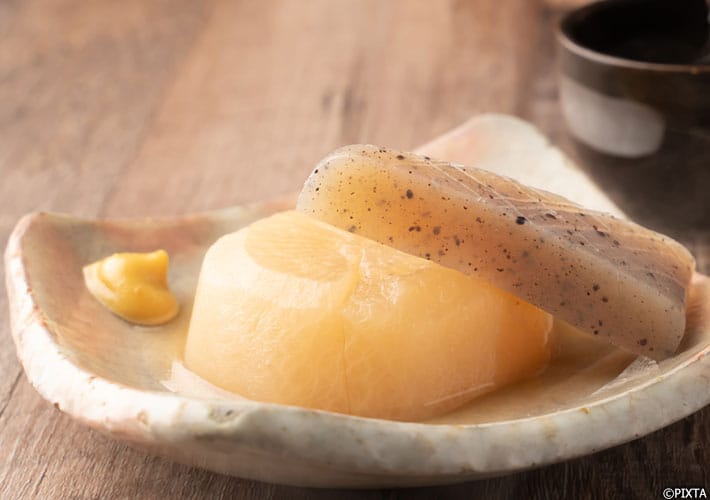
Daikon radish and konnyaku oden, with a side of からし karashi mustard.
さつま揚げ Satsumaage: Fried fish cake sometimes including seafood and vegetables.
ちくわ Chikuwa: A tube-shaped fishcake with a slightly firm texture.
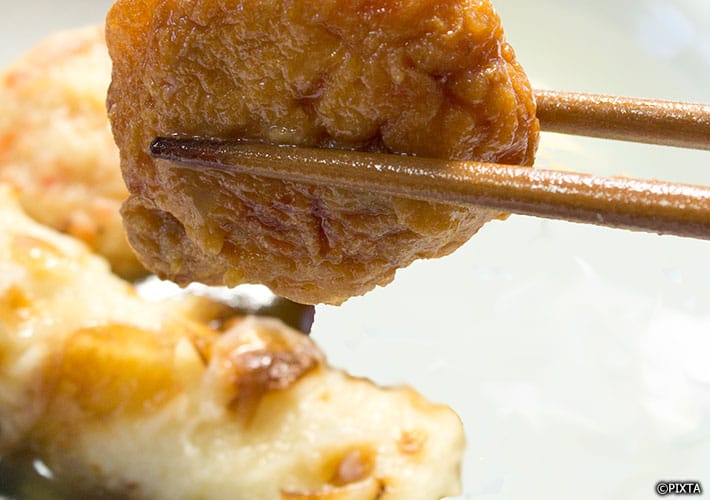
Satsumaage and chikuwa oden.
がんもどき Ganmodoki: Fried tofu and vegetable fritters.
たまご Tamago: Boiled eggs.
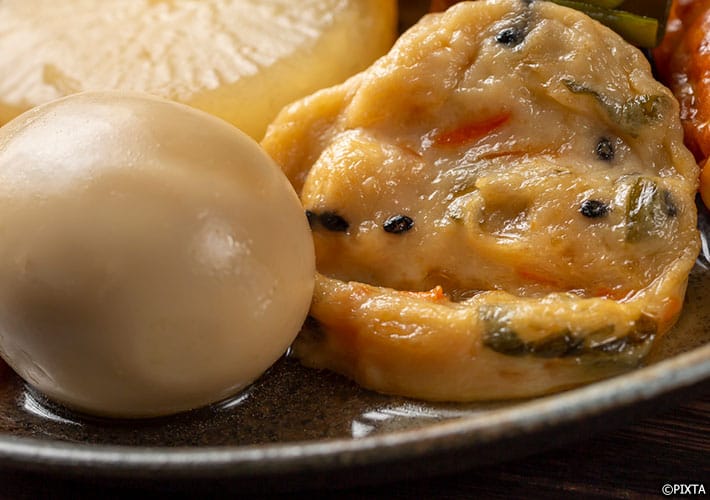
Ganmodoki and boiled egg oden.
はんぺん Hanpen: A light, fluffy fishcake made from ground fish and yam paste.
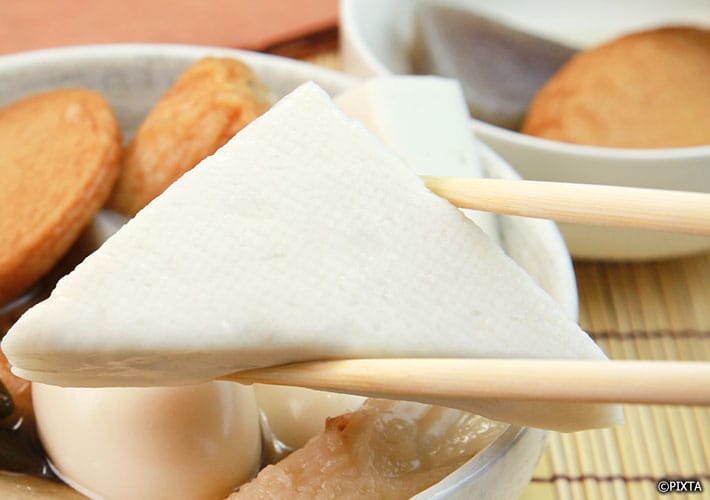
Light, fluffy hanpen oden is often cut in triangles.
Each ingredient adds its unique flavor and texture to the dish, creating a delightful harmony in every bite.
Regional varieties of oden abound in Japan, with each area putting its distinct spin on the dish. For instance, the Kansai region, including Osaka and Kyoto, is known for using a light, soy-based broth with a hint of sweetness. In contrast, the Kanto region, encompassing Tokyo, typically features a darker, soy-based broth that is slightly saltier. Nagoya is famous for its miso-based oden, where the ingredients are simmered in a rich, red miso broth, while the southern island of Kyushu often includes local ingredients like boiled pork and lotus root. Exploring these regional variations of oden can be a fascinating culinary journey, giving you a taste of the diverse flavors found throughout the country.
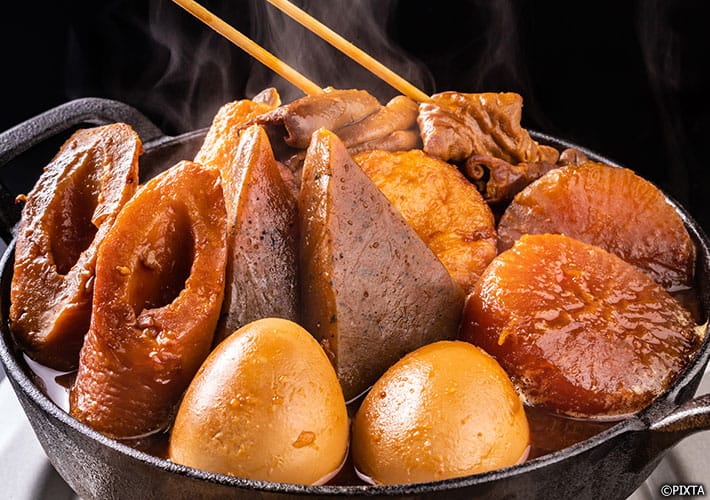
Nagoya-style oden simmered in a rich, red miso broth.
Tips for enjoying oden
When ordering oden, you can usually choose your preferred ingredients from the simmering pot. It’s common to use a pair of tongs or a ladle to pick up the desired pieces and place them in a small bowl. Don’t forget to ladle some of the delicious broth over your chosen ingredients. Oden is typically enjoyed with a side of karashi, a spicy Japanese mustard that adds a kick to the dish.
If you’re not sure which ingredients to choose, you can always ask for おすすめ osusume, meaning the chef’s recommendation.
In conclusion, oden is a must-try dish for anyone visiting Japan, particularly during the colder months. Its rich history, diverse ingredients, and soul-warming flavors make it a comforting Japanese culinary experience. As you travel through the country, don’t miss the opportunity to sample regional variations of oden, each offering a unique taste that reflects local culture and traditions. This humble, yet delicious, one-pot dish truly captures the warmth and hospitality of Japanese cuisine.
